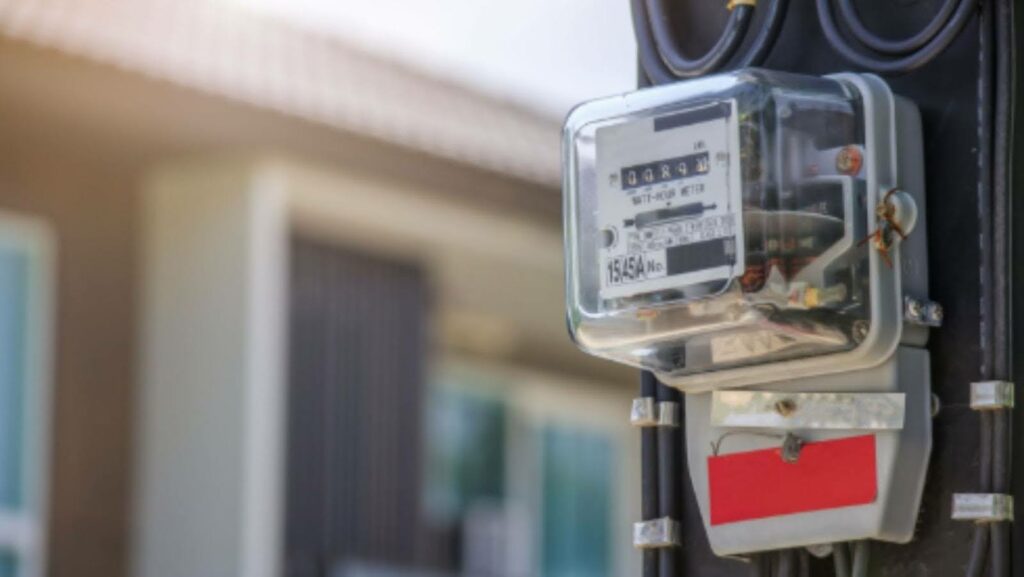As Australia’s urban sprawl continues to flourish, electricity usage has inevitably escalated, leading to higher household electricity bills. Managing energy consumption has never been more crucial—not just for saving money, but also for the environment. This guide seeks to elucidate how to lower electricity bills through effective and practical measures.
Understanding Your Electricity Consumption
Grasping how electricity is measured and billed is the cornerstone of effective energy management. In Canberra, electricity is billed based on kilowatt-hours (kWh) consumed. A kilowatt-hour corresponds to the usage of 1,000 watts per hour. Understanding this helps pinpoint where energy is consumed most, aiding in an edge-cutting energy audit.
The average household electricity consumption in Canberra varies depending on several factors, such as home size, number of occupants, and the use of electrical devices. A family home might typically use between 15 kWh to 30 kWh per day. Auditing home electricity use can uncover inefficiencies and areas where energy savings are possible. Employing tools such as smart meters and energy monitors is recommended to do this effectively. These devices provide real-time data, allowing you to make informed decisions on energy use.
Energy-Efficient Appliances
The importance of using energy-efficient appliances cannot be overstated. Appliances account for a significant portion of home energy use, so it’s critical to consider their energy consumption. When shopping for these appliances, look out for the energy-star ratings. These ratings are a reliable indicator of an appliance’s energy efficiency, with higher stars signalling better energy performance.
Now, one might wonder about the cost implications. While energy-efficient appliances might carry a higher upfront cost than regular ones, the long-term savings make them a deserving investment. For instance, an energy-efficient refrigerator might cost more initially but can save hundreds of dollars in energy bills over its lifetime. These savings add up, making them well worth considering for the prudent consumer.
Smart Usage of Electricity
Optimising the times when certain appliances are used can directly impact electricity consumption. Peak electricity times, often in the mornings and evenings, come with higher rates than off-peak times. Scheduling heavy-use appliances such as washing machines and dishwashers during off-peak times can result in substantial savings.
Furthermore, many common household appliances like air conditioning, heating, and lighting offer opportunities for energy conservation. Setting air conditioners to a moderate temperature, using programmable thermostats for heaters, and switching to LED lighting can significantly decrease energy consumption.
One overlooked aspect is ‘phantom loads’—energy consumed by appliances even when turned off but still plugged in. One can cut down on unnecessary electricity usage by merely unplugging devices when not in use or using power strips to completely shut off power.
Sustainable Energy Sources
Introducing renewable energies such as solar and wind into the household energy mix is an excellent way to reduce electricity bills while promoting sustainability. Solar energy, in particular, has become increasingly accessible and cost-effective. While the initial setup cost for solar panels might be high, the long-term savings on your electricity bill can be substantial. Additionally, many regions offer incentives and rebates to offset the initial costs.
Renewable energy sources not only lower costs but also help minimise the carbon footprint, adding an environmental benefit alongside the financial savings. Integrating these solutions involves evaluating your home’s energy needs, potential for solar installation, and possibly consulting with energy experts to design a system that meets your specific requirements.
Governmental Programs and Rebates in Canberra
Governmental schemes provide another avenue for reducing electricity costs. In Canberra, several programs aim to encourage energy conservation through rebates, grants, and incentives. By tapping into these schemes, households can make significant savings.
Eligibility criteria must be met to apply for these schemes, and the application process varies with each program. Typically, one might need to present energy usage information, proof of installation of energy-efficient systems, and other relevant documentation. The estimated savings from these initiatives can be considerable, often covering a significant portion of energy-efficient upgrades or installations.
Conclusion
Lowering electricity bills is a multifaceted endeavour that involves understanding electricity consumption, using energy-efficient appliances, using electricity smartly, and exploring renewable energy sources. Consistently applying these strategies can lead to remarkable savings.
Starting with simple steps such as auditing electricity usage or switching to LED lighting can make a significant difference over time. Remember, each small change contributes to both financial savings and environmental benefits. So, dive into this guide and embrace these strategies for a more sustainable and economical lifestyle.


More Stories
Planning To Order Semi-Custom Cabinets for the Kitchen? Measure Your Space First
The Complete Guide to Restoring a Chair
Stunning HVAC Systems for High-Altitude Climates